Ezra C. Fitch Rare Patented “Beveled Invisible Centre” Watch Case Design Sold By Pforzheimer, Dreyfus & Keller: Part 1
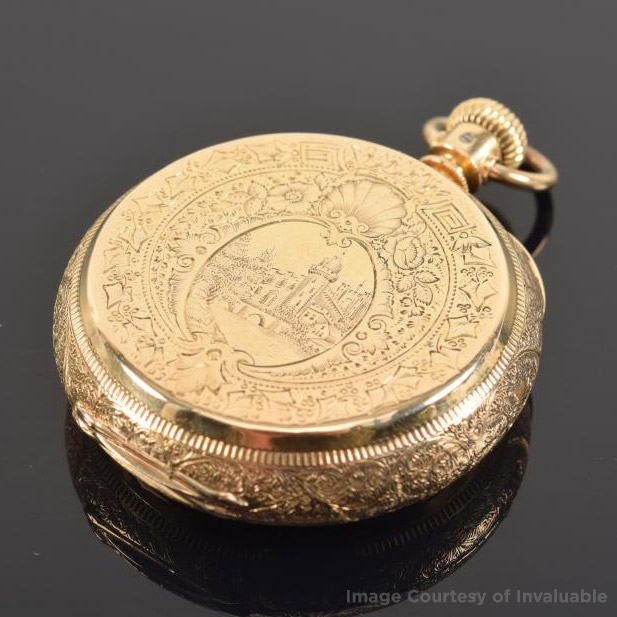
Notice the seam along the perimeter of the case
Image Courtesy of Invaluable
Ezra Charles Fitch was one of the most prolific innovators in American horology. By the end of his career, Fitch had amassed over 30 patents to his name in the United States, ranging from various case designs to dials.

Source: History of the American Waltham Watch Company of Waltham, Mass.
Fitch 1879 Patent
One of his most successful case designs was patented in 1879 and became the basis of the “dust proof” swing-ring openface case that was eventually produced by nearly every case factory in the country.

Swing-Ring Dust Proof Watch Case Design by Ezra C. Fitch
Fitch 1874 Patent
An earlier patented case design by Fitch was equally as creative, but due to its limited production, it has become incredibly elusive to modern collectors.
Mr. Fitch was issued a patent on June 9, 1874 for his “beveled invisible centre” case design, characterized by a uninque clamshell-type design that encapsulated the center case ring holding the movement. Fitch described his design in the patent application:
“My invention relates to certain improvements whereby but a single joint or opening in the case is exposed. The invention consists in a watch-case having the rim or band between the caps beveled or V-shaped, or of other suitable approximate form in its cross-section, and the inner edges of the caps of corresponding form and greater circumference, so that when the case is closed the inner edges of the caps come in contact with each other, and form but a single joint, covering and concealing the rim or band.”
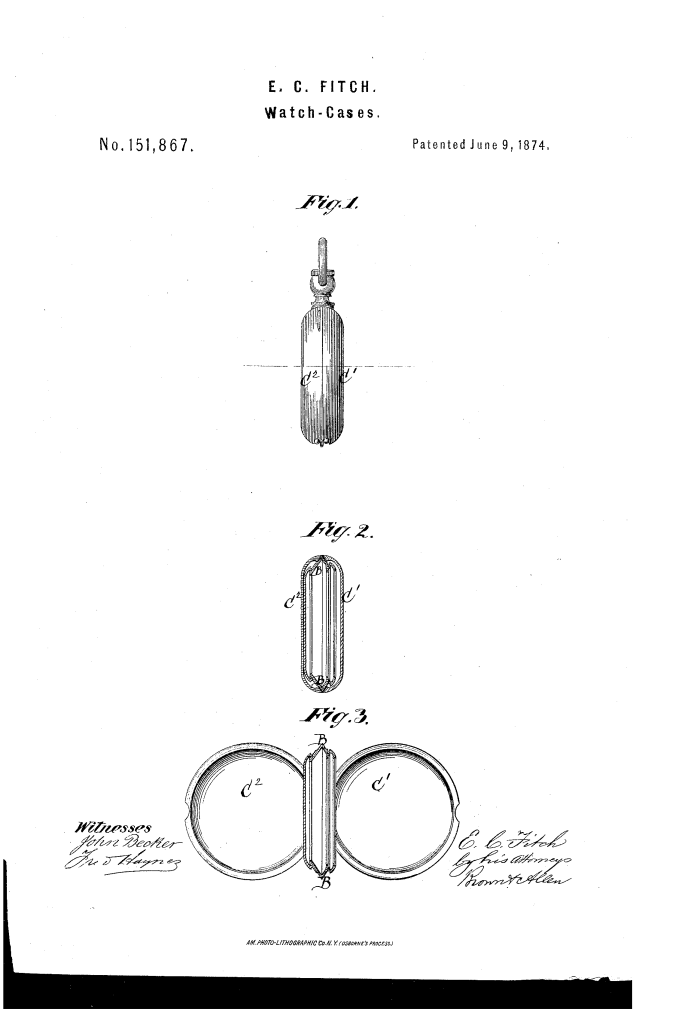
Ezra C. Fitch “Beveled Invisible Centre” Patented Watch Case Design
Pforzheimer, Dreyfus & Keller
Despite being associated with the American Watch Company and Robbins & Appleton at the time, Fitch partnered with Pforzheimer, Dreyfus & Keller to market his patented case.
This company was strategically located at No. 5 Bond Street in New York City – the same building owned by Robbins & Appleton, sales agents for the entire production from the Waltham watch factory.
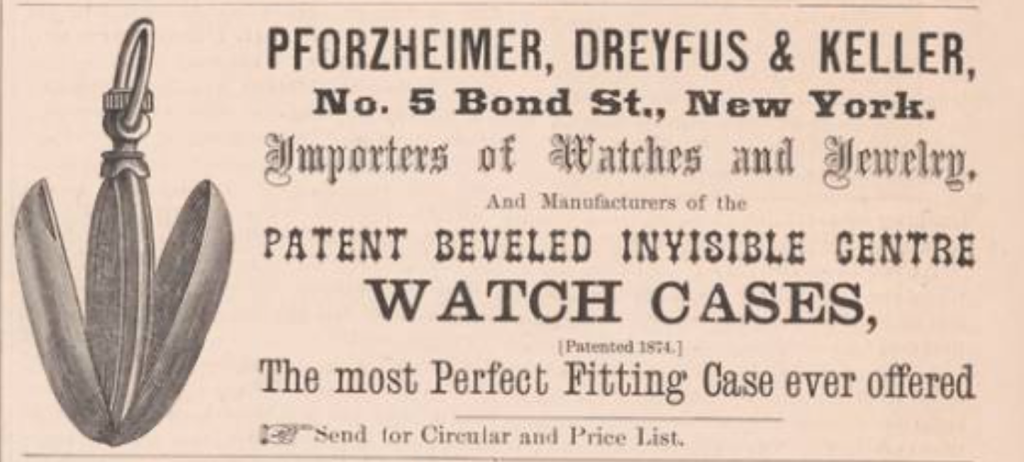
The Jewelers’ Circular, November 1874
Pforzheimer, Dreyfus & Keller introduced and began to promote the unique case design in 1874. Advertisements in trade publications continued until the next year. Due to the limited production, surviving examples of this early Fitch patented case are exceedingly rare.

Notice the seam along the perimeter of the case
Image Courtesy of Invaluable

Notice that the center of the case is encapsulated
Image Courtesy of Invaluable

(Showing No. 24 John Street Address)
The Jewelers’ Circular, May 1875
Interestingly, between April 1875 and May 1875, the address referenced in advertisements for Pforzheimer, Dreyfus & Keller changed from No. 5 Bond Street (the Appleton & Robbins building) to 24 John Street. Address changes during this time were fairly common as companies adapted. However, this change in location coincides with the first advertisements we see from Robbins & Appleton showcasing a new line of 18K gold cases, suggesting there is more to this story that may never be discovered.
Case Markings: P.D. & K.
The marking characteristics on the Pforzheimer, Dreyfus & Keller cases are consistent with the AWCo. solid gold cases during this era, strongly suggest that the cases were produced in the same factory.
The Pforzheimer, Dreyfus & Keller cases are marked:
P.D. & K.
Patent June 9th 1874
K18 [in embossed oval]
[Serial Number]
Surviving Examples
All known examples of the “beveled invisible centre” cases house movements manufactured by the American Watch Company, undoubtedly due to the close relationship with Robbins & Appleton.
The case serial numbers for known surviving examples of the Fitch beveled invisible centre case fall in the range of 62,000-65,000.
Known Examples Available Online:
#62656 [Wooley & Wallis] – Houses Waltham Movement #821670
#63174 [Invaluable, via Tremont Auctions] – Houses Waltham Movement #821751
#63189 [Anonymous] – Houses Waltham Movement #1056406 [Added 6/15/25]
#64574 [NAWCC Forum] – Houses Waltham Movement #721106
If you have an example of this case that has not been recorded, please let us know.

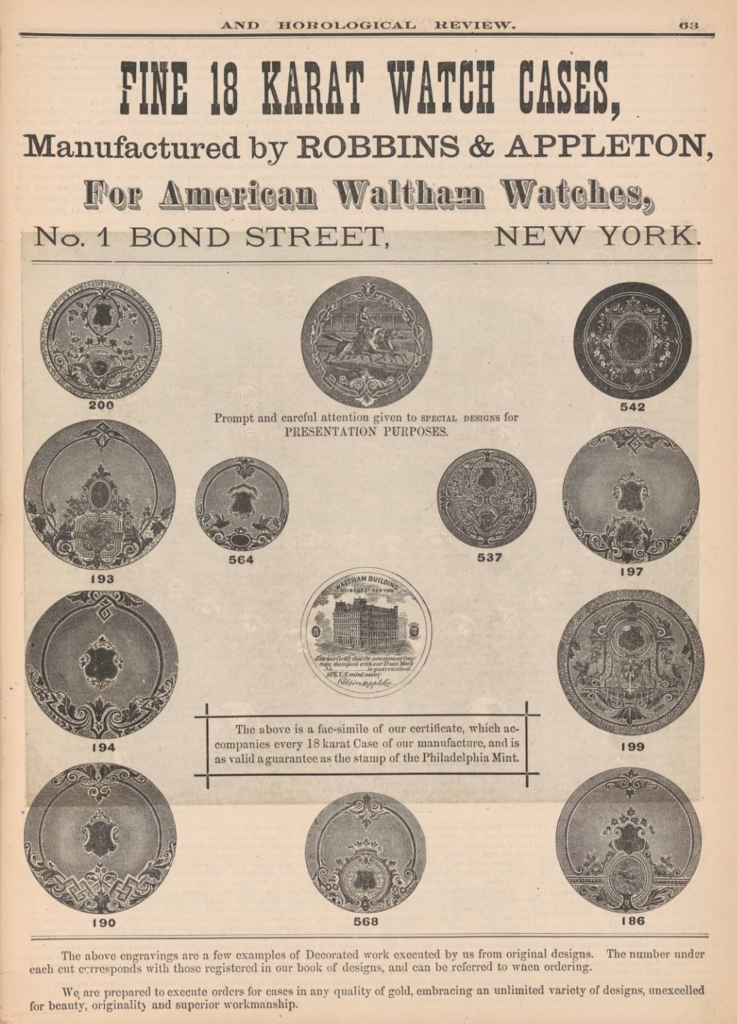
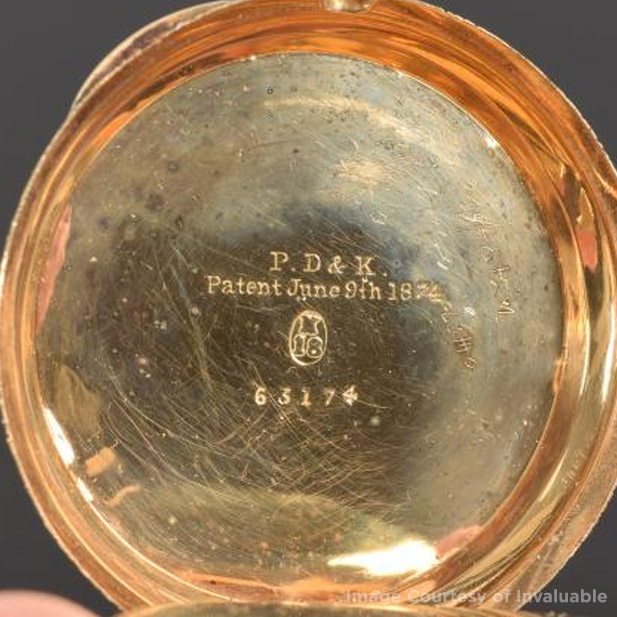
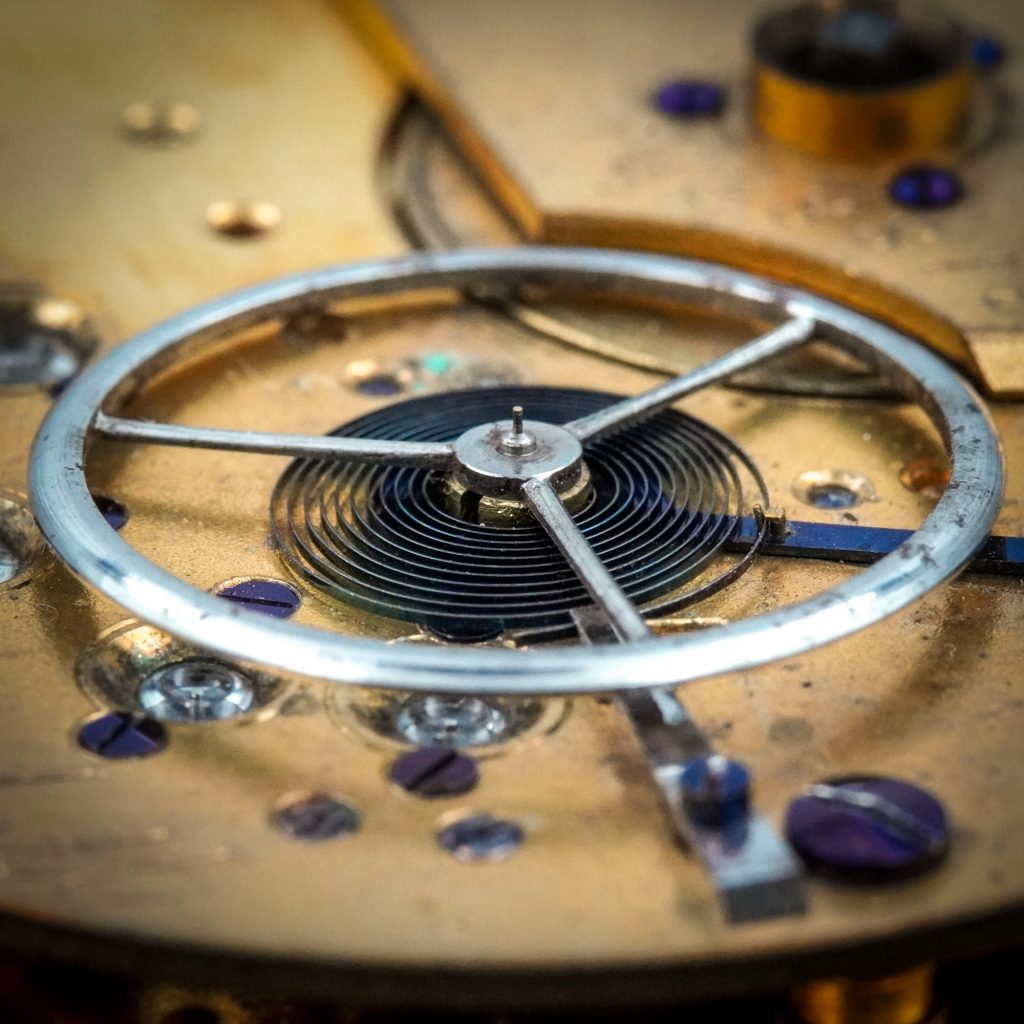
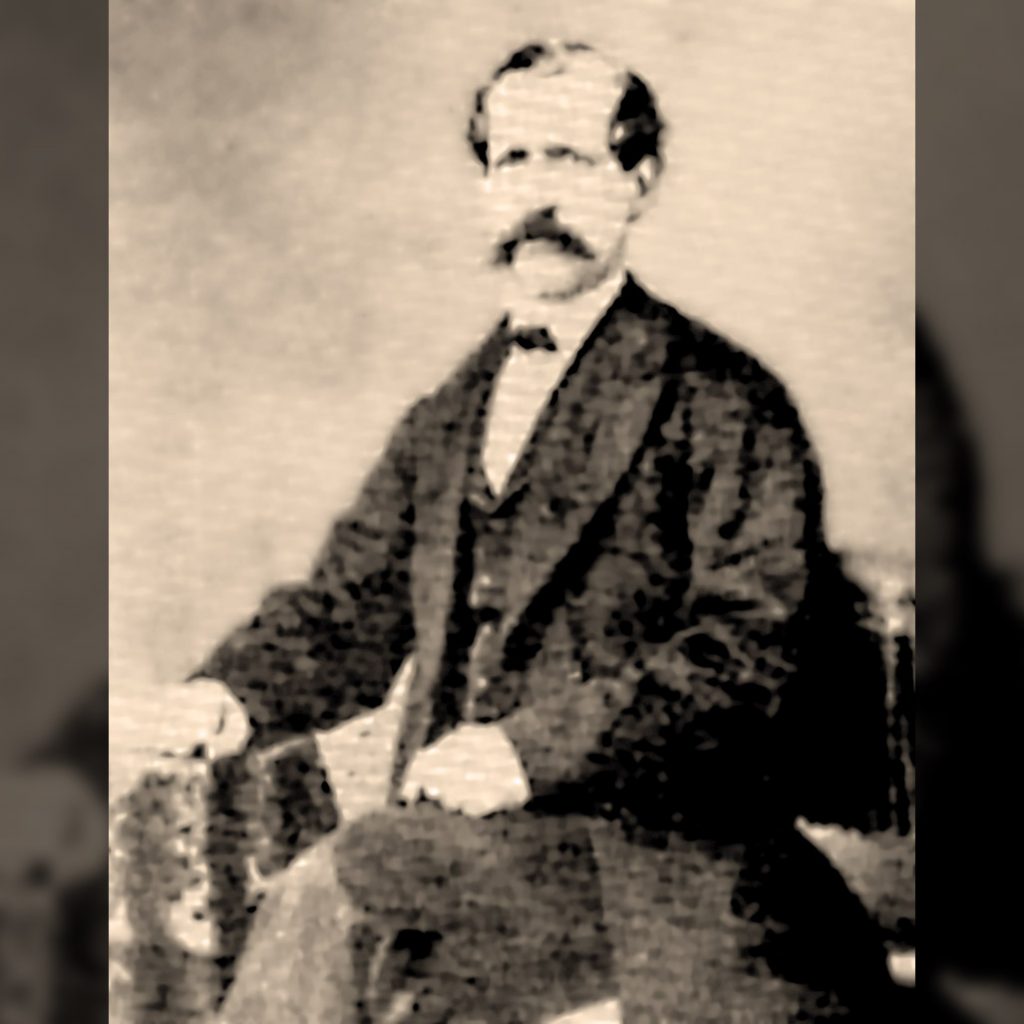
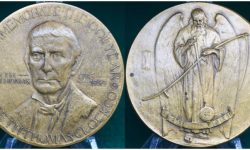
Always fascinating reading—and so much to learn!
Great reading, enjoy learning the history of pocket watches and cases.
Have advertising pages for South Bend watchs if interested